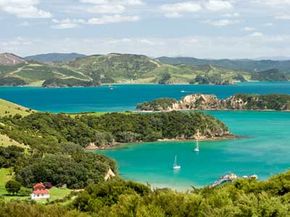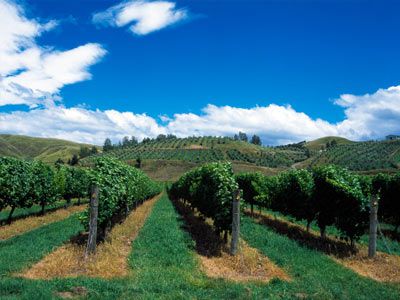Northland, the northernmost tip of New Zealand's North Island, is often called "the birthplace of a nation." Not only is it the first place where the Maori came to New Zealand, but it's also where the Maori and the British formalized their accord for joint settlement of the island. For wine lovers, Northland is important because of another first: the introduction of vines to New Zealand soil.
For several centuries, the traits that make Northland a jaw-droppingly beautiful place prevented viniculture from taking off in earnest. Northland has the world's largest remaining ancient forests, with the awe-inspiring kauri trees, which stand in subtropical rain forests. But "subtropical rain forest" is not the climate one typically finds in a wine region. So Northland viniculturists have had to overcome several challenges in pursuit of the perfect red.
Advertisement
Visitors to Northland are richly rewarded. The region has world-famous swimming, snorkeling, diving, fishing, surfing, waterskiing and other aquatic sports. Locals are also avid mountain bikers, backpackers and hikers.
To their great credit, New Zealanders know they've got a good thing, and many locals are not just outdoorsmen but also ardent environmentalists. In 2007, Prime Minister Helen Clark announced the goal of making the nation the world's first sustainable country [source: McLaren]. Marlborough's Grove Mill recently introduced the world's first carbon-neutral wine [source: Dunn].
This article looks first at the history of New Zealand's oldest region, and then we'll take a tour of Northland's agriculture and the wines it produces.
Advertisement

